Economic Growth and Renewable Energy in Iran
Abstract
Energy plays an active role in sustainable development in Iran, both in the sustainable and the development aspects. This study aims to estimate the nexus of economic growth and the renewable energy in Iran during 1981-2012. We employ the Auto-Regressive Distributed Lag (ARDL) model to estimate a log-linear equation. The results suggest that renewable energy consumption is an insignificant driver to economic growth in Iran, accepting the neutrality hypothesis, despite the significantly corresponding effects of capital and labor force. Although Iran concentrates mainly on the non-renewable energies such as oil and gas, it has a high spare-capacity in the renewable energy field. It can be rooted in the focus of governors on the fossil fuel energies rather than the renewable ones. It leads to the negligible nexus of renewable energy and economic growth. In Iran, renewable energy has a passive role in economic growth both quantitatively and qualitatively. The governors should promote this kind of energy to assign a large part of total energy consumption to it.
Co-authored with JK. Shirazi, VM. Taghvaee, and SA. Aloo.






